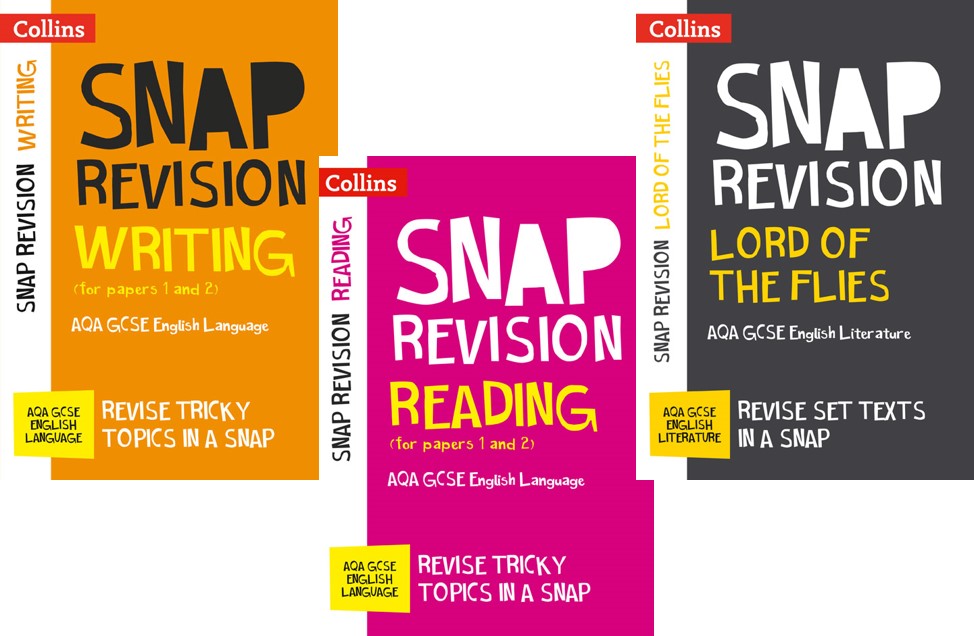By Naomi Hursthouse
As exam season looms ever closer, it’s easy to feel a sense of both dread and panic taking over and that’s just the teachers! Not only do we have a new set of tougher exams to help our students get to grips with, but, if you are like me, you are also rapidly running out of materials to help them. The specimen papers have run out all too quickly, and as time pressures mount it is getting more and more difficult to put together revision resources from scratch. However, never fear! Snap Revision is here to save the day.
These handy revision booklets are perfect to hand to the overwhelmed year 11 student. They are A5 size, which makes them seem digestible to even the most recalcitrant student. They also break down the key skills into three stages: revise, practice, and review. This allows students to go back through key skills and then try out exam-style questions, so they can build their exam know-how and experience. The best thing of all is that the Snap Revision Reading Guide (AQA) uses small chunks of text in the practice and review questions, so that students can attempt these in short sessions. This makes these booklets perfect for intervention sessions. My top 3 ways to use these booklets are:
1. In form-time small group intervention sessions. The swift overviews, and short texts make them perfect to use in 20 minute bursts.
2. As homework. Students can RAG the skills, then work on the specific ones that they need help with, as tailor-made homework.
3. In after-school intervention sessions. Students can either independently work through the specific skills relevant to them, or you could target specific skills with small groups.
So, no longer need you, or your students, feel overwhelmed by the thought of revision! You have ready-made, high quality revision materials and students have a clear way to plan their exam preparation. It’s time to snap, crackle and ace the exam!




